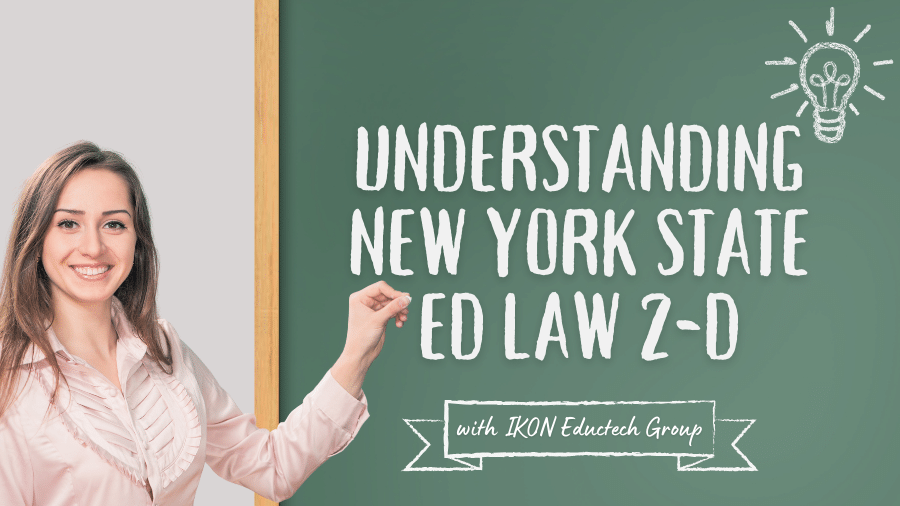Welcome to our comprehensive guide to NYS Education Law 2-D, a critical legislation that aims to protect student privacy in the digital age. As educational institutions increasingly rely on technology to enhance learning, it becomes imperative for schools and school districts to understand the provisions of this law and take proactive steps to ensure compliance. In this article, we will explore the key aspects of NYS Education Law 2-D and shed light on the potential consequences that organizations may face if they fail to adhere to this important legal framework.
Understanding NYS Education Law 2-D
NYS Education Law 2-D, also known as the “Education Law 2-D: Privacy and Security of Student Data,” sets forth guidelines and requirements for the collection, use, and protection of student data in New York State. The law aims to ensure that student information remains confidential, secure, and used solely for educational purposes. It places specific obligations on educational institutions, vendors, and other entities handling student data to safeguard privacy rights.
The Consequences of Non-Compliance
Non-compliance with NYS Education Law 2-D can have severe repercussions for schools and school districts. Let’s delve into the potential consequences that organizations may face if they fail to take this law seriously:
1. Legal Penalties and Fines
Organizations that fail to comply with NYS Education Law 2-D may be subject to legal penalties and fines. These penalties can vary in severity depending on the nature and extent of the violation. The financial burden resulting from non-compliance can have a significant impact on the resources and budget of the organization, diverting funds from essential educational initiatives.
2. Damage to Reputation and Trust
Failing to protect student privacy can severely damage the reputation and trust of educational institutions. Parents, students, and the community at large expect schools to be custodians of student data, ensuring its confidentiality and security. A breach of this trust can lead to a loss of confidence in the institution’s ability to safeguard sensitive information, negatively impacting enrollment, community support, and partnerships.
3. Data Breaches and Security Risks
Non-compliance increases the risk of data breaches and unauthorized access to student data. The consequences of a data breach can be far-reaching, resulting in potential harm to students, identity theft, or misuse of personal information. Not only does this pose a significant risk to individuals, but it also exposes the organization to legal liabilities, further exacerbating the consequences of non-compliance.
4. Regulatory Investigations and Audits
Failure to comply with NYS Education Law 2-D may trigger regulatory investigations and audits. Regulatory bodies may scrutinize the organization’s data privacy practices, policies, and procedures, evaluating their alignment with the law’s requirements. These investigations can be time-consuming, disruptive, and may lead to additional penalties or mandated corrective actions if deficiencies are found.
5. Loss of Funding and Opportunities
Non-compliance with NYS Education Law 2-D can potentially impact an organization’s eligibility for funding or grant opportunities. Funding agencies and organizations increasingly prioritize student data privacy and compliance when awarding grants or allocating resources. Failure to demonstrate a commitment to protecting student privacy may result in missed funding opportunities or diminished financial support.
Conclusion
NYS Education Law 2-D stands as a critical piece of legislation aimed at safeguarding student privacy and data security. Organizations must take this law seriously and understand the consequences of non-compliance. Failing to adhere to the requirements of NYS Education Law 2-D can lead to legal penalties, reputational damage, security risks, regulatory investigations, and missed opportunities. By proactively embracing compliance measures, implementing robust data privacy practices, and prioritizing student privacy, organizations can navigate the digital landscape with confidence, ensuring a safe and secure educational environment for all.


